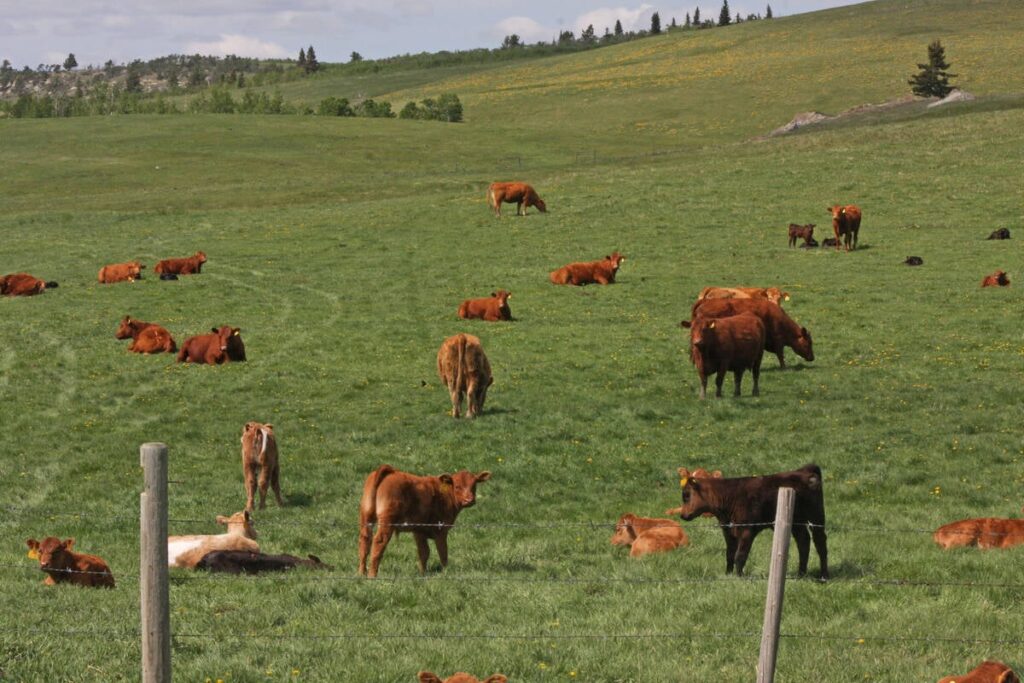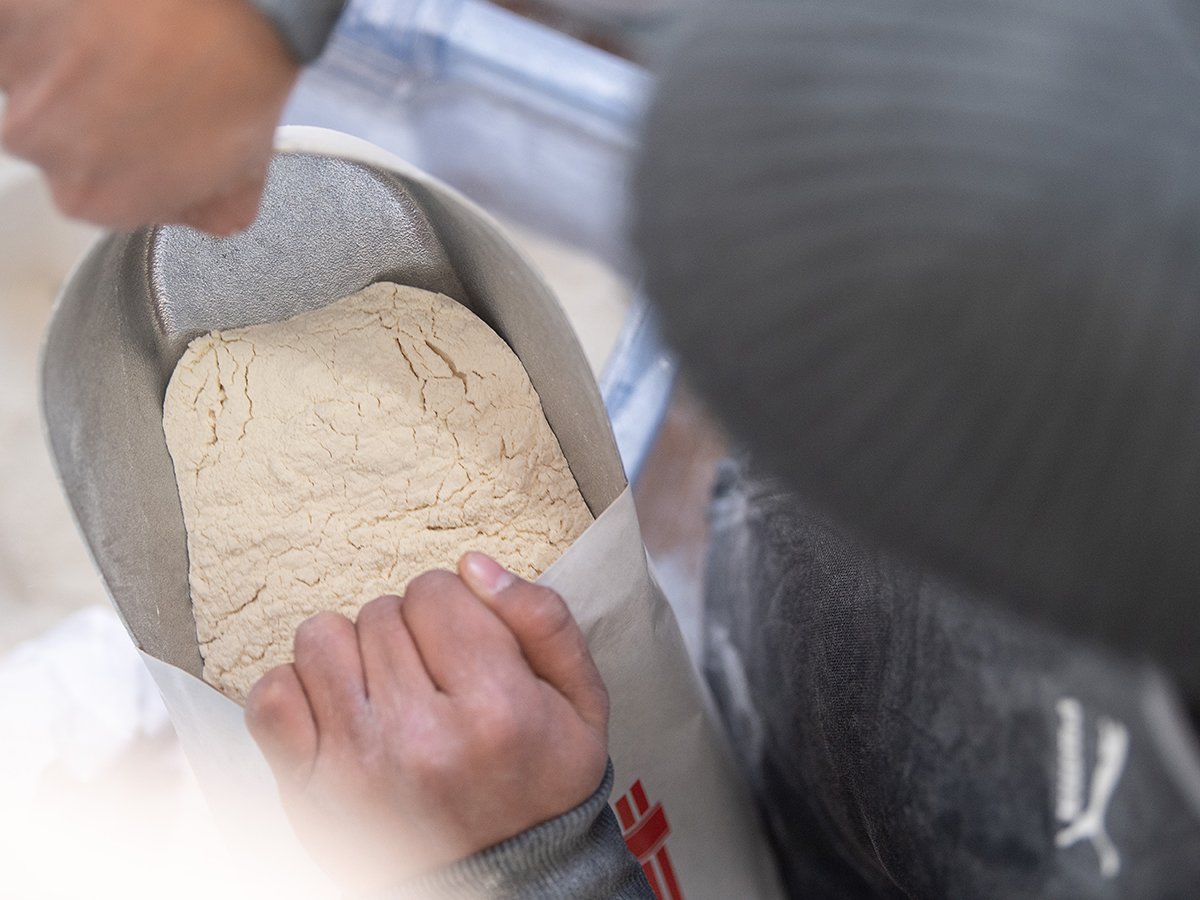Municipal leaders say other local governments are grappling with the same questions

Alberta municipal leaders are eyeing the Municipal District of Taber as it grapples with striking the right balance between stewardship and the responsibility of raising an appropriate amount of revenue for its agricultural lands on behalf of ratepayers.
“People have an understanding of the rate increasing, it’s just a matter of ‘what will that rate be?’ ” said Tamara Miyanaga, reeve for the MD of Taber, adding she has received communication from as far afield as northern Alberta after Glacier FarmMedia reported on the issue.
“You have seen the grass that has gone to tender has gone for significantly higher.”
Read Also


Lower wheat price reduces flour bill
Flour prices fell in 2024, according to a new report from Statistics Canada.
The local government holds title to 81,535 aces of land, with about 73,000 acres of that leased to 123 livestock producers under two programs: tax recovery grazing leases and municipal district grazing leases, according to its records. A further 6,191 acres are leased for crop production under cultivated leases to 22 leaseholders.
MD of Taber acquired control of the land after the provincial government returned lands acquired under tax recovery proceedings to local control in recent years.
Many local governments chose to subsequently sell the land, but the MD of Taber and others have held on to it to administer as a revenue-generating resource. Now that existing leases are beginning to expire, it is grappling with how to determine fair market value.
The first leases are set to expire in February 2026 and the balance by 2027. Grassland rates have been consistent at $3.20 per animal unit month (AUM) for the past two decades, far below market and even provincial rates. Current leaseholders want a price based on the provincial grazing rates, which were recently quoted at $8.70 AUM in March. Research into private market rates from 2021-23 showed $63.55 per AUM.
“That was when the grazing leases were surrendered and put out to tender. More recently, they have been even higher,” Arlos Crofts, the MD’s chief administrative officer, told the Western Producer.
A recent recommendation from the administration at an April meeting had council consider setting current market value with a fixed lease rate at a minimum of triple the current 2025 provincial rate, which equates to $26.10 per AUM ($5.70 per acre).
That middle ground between provincial and private market rates would equate to an additional $365,000 of revenue from grazing land.
“It can be very difficult. Other municipalities, they may have some land across Western Canada, but not near to the degree that we do. When you hear of farmers who have crown land, those are associated with the government and that’s the lease rate you hear with the provincial formula,” said Miyanaga.
The grazing provincial rental rates in neighbouring jurisdictions are: British Columbia $3.68 per AUM (2023), Saskatchewan $9.82 per AUM (2025), and Manitoba $7.26 per AUM (2024).
Every agriculture producer has their own operational expenses that will need to adjust with the increased lease prices. Municipal officials are hoping to provide as much time as possible for final decisions on rates before the leases expire.
“You could analyze every farm, whether that was row crop, dry land, irrigated or a ranch and everyone would manage their inputs and what circumstances are involved. It isn’t apples and apples at all. It’s apples and oranges,” said Miyanaga.
Cattle producers who have made their case to council have said the huge fluctuations in tenders reflect the changing use of the land into something such as high-value irrigated production like potatoes. However, beyond the pure economics is the stewardship of the land, where shorter leases would provide less incentive to take the long view.
The municipality only has about 30 per cent of its short-grass prairie left intact.
Local cow-calf operators have been protecting the grasslands in the area since the 1940s and are concerned a change in lease policy could affect stewardship.
“Even our current leases identify they have an obligation to properly steward the land, and our current leases by and large have been,” said Brian Peers, manager of lands, planning and development for the municipal district.
“As far as utilization, I don’t think that’s changing. As far as how many cows for how long on the grass, it’s a conservative grazing rate to start with. They are happy with that, and it’s very similar to what the crown does on their lands for grazing crown lands.”
Because lease rates haven’t changed for grassland for the last 20 years, Crofts said they have decreased as a revenue stream for the municipality.
“Even when you compare it to those parcels that have been tendered, what is being recommended for consideration is not out of line,” said Crofts.
The recommendation is less than half of the researched market rate, he added.
The topic has raised interest not only in the MD but also other parts of the province, and Miyanaga encouraged people to view the land management plan process that is available on its website. Videos and records of public meetings where the issue has been discussed are also available.
The year-long consultation process will culminate in a July 7 public engagement session, where municipal district officials will present a proposal for residents to consider.
Source: producer.com


